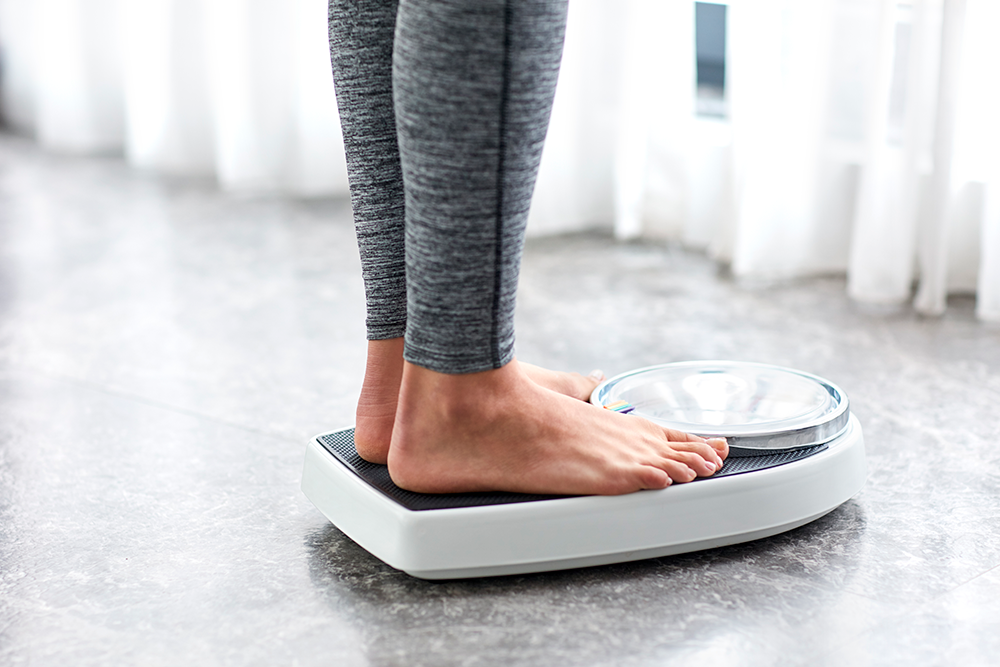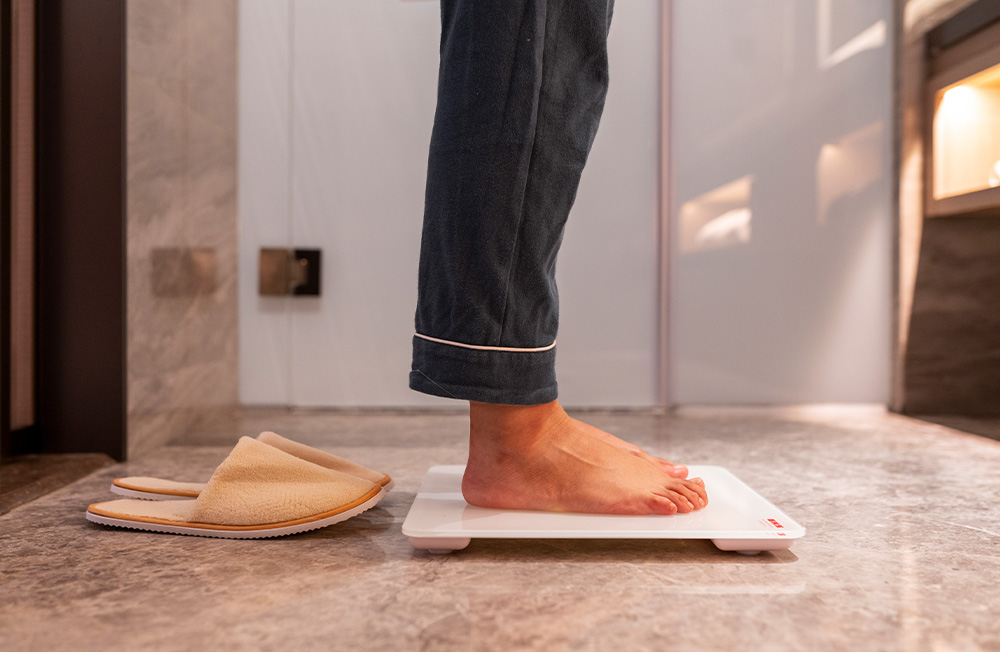You don’t have to tell me twice to run, not walk, to my primary care doctor for the newest, seriously effective options for weight management. If you struggle to lose weight and have a BMI that falls in the overweight range or higher, these new options are being touted as game changers, with clinical results that rival those of bariatric surgery.
“This new class of medications are more powerful than anything we’ve seen in the past,” says New York endocrinologist Judith Korner, MD. From weekly injectables that were created for diabetes management to an expanding pill that you take right before a meal, these are the new “feel fuller faster” meds that everyone is talking about and rushing to their doctors or Telehealth providers to get a prescription.
A New Hope
First, it’s important to note that although one-third of adults in the United States are considered obese, only about 2 percent are offered treatment. “There’s a huge stigma associated with weight loss and weight loss associated medications, even on the medical side. A lot of practitioners look at it as a lifestyle condition and not a medical condition,” explains Chicago, IL bariatric and lifestyle specialist Neha Shah, MD. “Weight management was only added as a medical coding and diagnosis around 2003, so we’re very behind the times and obesity is really a lifelong concern.” Dr. Shah says that as far as solutions go, past medications like phentermine in the 90s and other prescribed stimulants weren’t effective longterm or did more harm than good. “The advances we’ve made in obesity medicine over the last five to 10 years have really been with these GLP-1 class of drugs used to treat type 2 diabetes now also used for weight loss.”
So, what do these drugs do and how can they help? Here’s a breakdown:
Ozempic / Wegovy (Semaglutide)
How It Works: Although both drugs are made from the same manufacturer and contain semaglutide, they’re licensed to treat two different conditions. Ozempic was created to treat type 2 diabetes and Wegovy is meant to for weight management. Both are administered as once-a-week injections in the abdomen, thigh or upper arm and come with a few possible side effects that include nausea, diarrhea, indigestion, inflammation of the pancreas and more. “Semaglutide has been around for several years,” says Dr. Korner. “It mimics a hormone that our body makes when it senses there is food in the intestine, helping the pancreas make insulin when glucose levels are high. Initially, it was developed to treat type 2 diabetes. It was later found that the hormone also slows down gastrointestinal motility, which helps us feel full, and acts on appetite centers in the brain to decrease hunger.”
Qualifying BMI: 30 or higher; or adults with a BMI over 27 and at least one weight related health condition
Expected Results: “In a trial, 50 percent of people treated with semaglutide lost at least 15 percent of their body weight,” says Dr. Korner.
Mounjaro (Tirzepatide)
How It Works: FDA-approved this spring for type 2 diabetes, Mounjaro is on the fast track for approval for weight management as well. This weekly injectable treatment features tirzepatide, which works like semaglutide, in that it mimics hormones that stimulate insulin release, lowers blood sugar, and signals to your brain that you’re full. It also comes with a long list of side effects that include nausea, diarrhea, vomiting, constipation, indigestion, and abdominal pain. Dr. Shah says this one yields the most weight loss in their clinical trials and is highly effective in moving the needle on the scale.
Qualifying BMI: While Mounjaro is being prescribed “off label” by physicians, it’s still not approved for weight management. A BMI of 30 or higher my be required by a physician, or 27 with at least one weight related health condition.
Expected Results: According to a study published in The New England Journal of Medicine, participants lost an average of 52 pounds per person. “The weight loss that was achieved in the clinical studies were on average more than 20 percent of total body weight, which is sometimes comparable to what we’ll see in bariatric surgeries,” says Dr. Shah.
Plenity (Cellulose and Citric Acid)
How It Works: FDA-cleared as a medical device, this twice-a-day pill is made from naturally derived modified cellulose and citric acid. “It has a really cool concept,” shares Dr. Shah. “The citric acid and cellulose are kind of a fiber matrix and when you add it with water, about 30 minutes before a meal, it expands to about 100 times its size, so it mimics the effect of eating two extra cups of food with lunch and dinner.” Side effects include diarrhea, distended abdomen, infrequent bowel movements and flatulence.
Qualifying BMI: 25 and above
Expected Results: In a clinical study, 6 out of 10 people lost at least 5 percent of their body weight. “The average weight loss was 10 percent,” notes Dr. Korner.
The Cons
The biggest drawbacks to these medications are the possible side effects and costs. “With the GLP-1 receptors, there is a risk of thyroid tumors and pancreatitis, so patients who have a family history of these concerns need to take note. I recommend going to a practitioner that can provide a full metabolic workup.”
As far as cost in concerned, pricing on these medications can be high if not covered by insurance—upwards of $1000 a month for Ozempic, Wegovy and Mounjaro— and many insurance companies haven’t caught up to recognize or include weight loss diagnoses, management and treatment. In the meantime, manufacturers are offering patients with commercial insurance savings cards, or coupons, that bring the monthly cost down to $25 a month for the time being, whether their insurance covers it or not. “We don’t know what’s going to happen next year when these cards expire,” says Dr. Shah, but for underserved patients who’ve lived a lifetime struggling with their weight, the temporary cost savings can help get them the help they need for now.

















